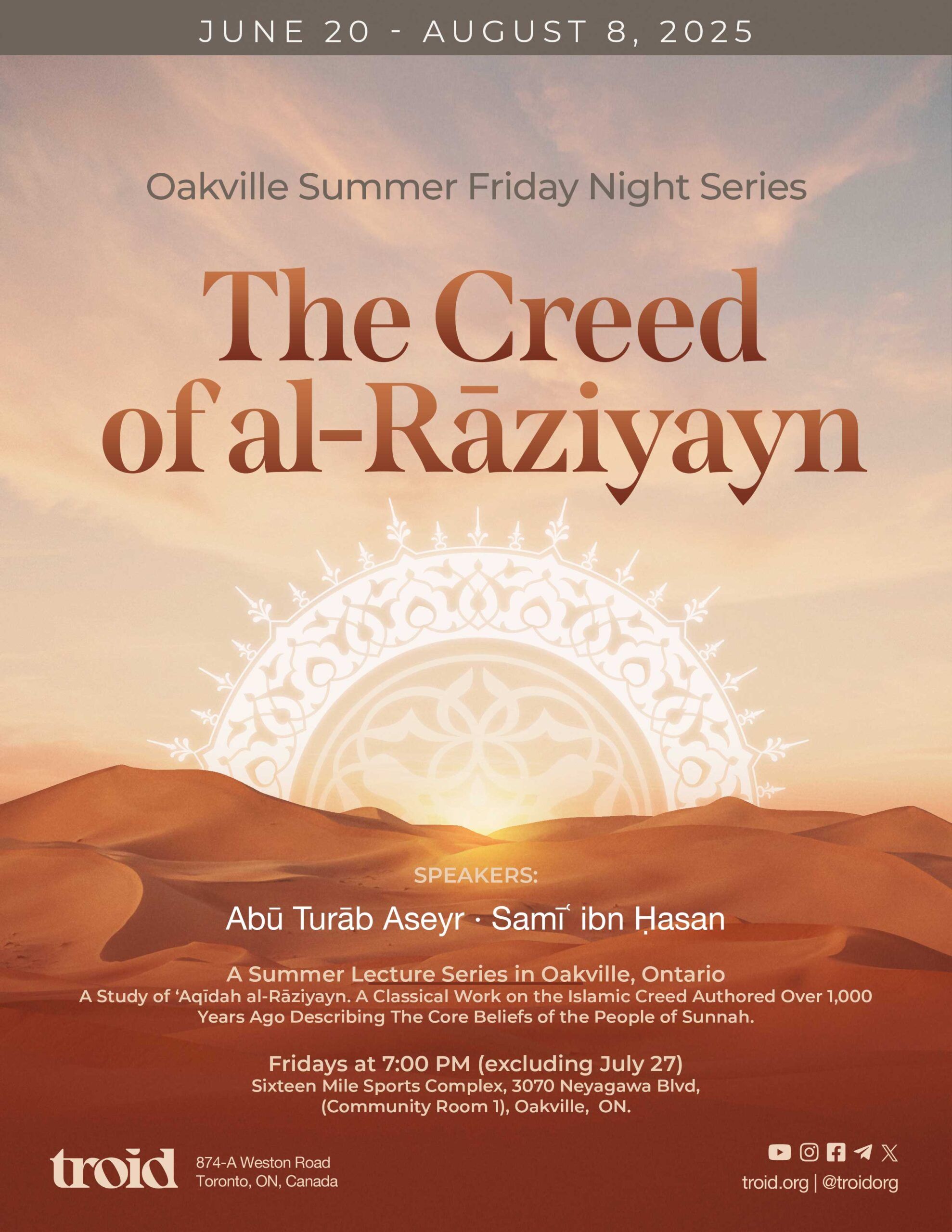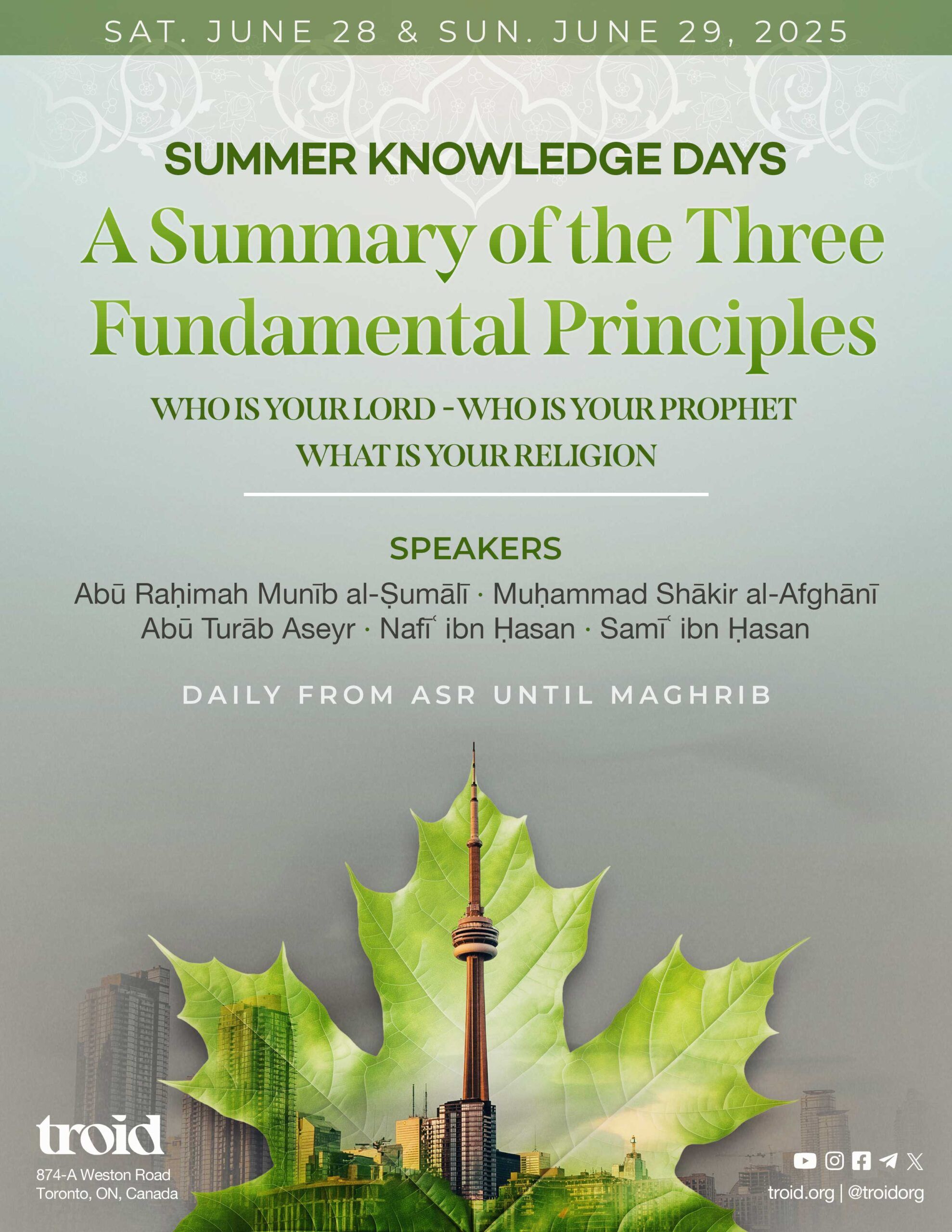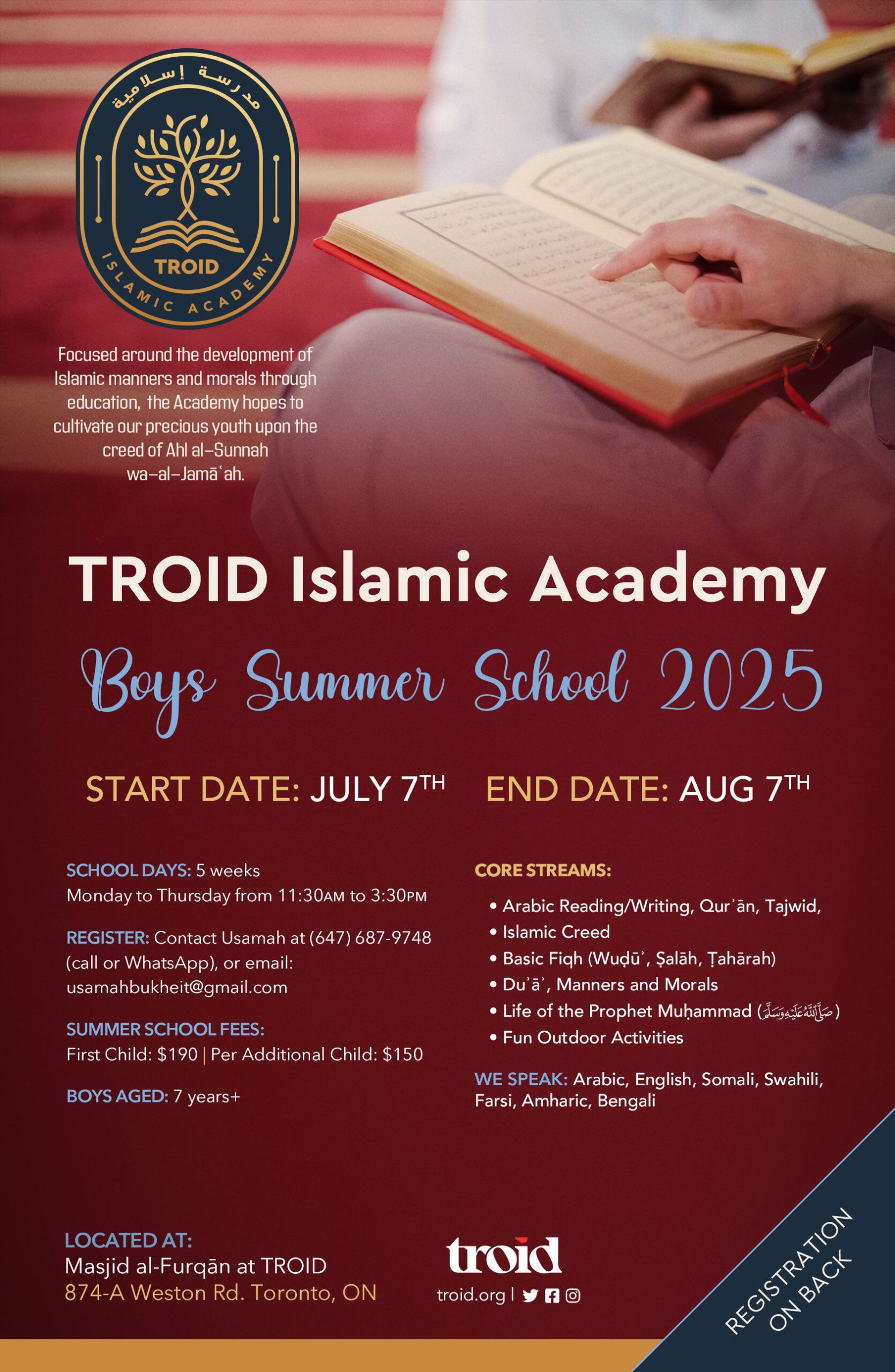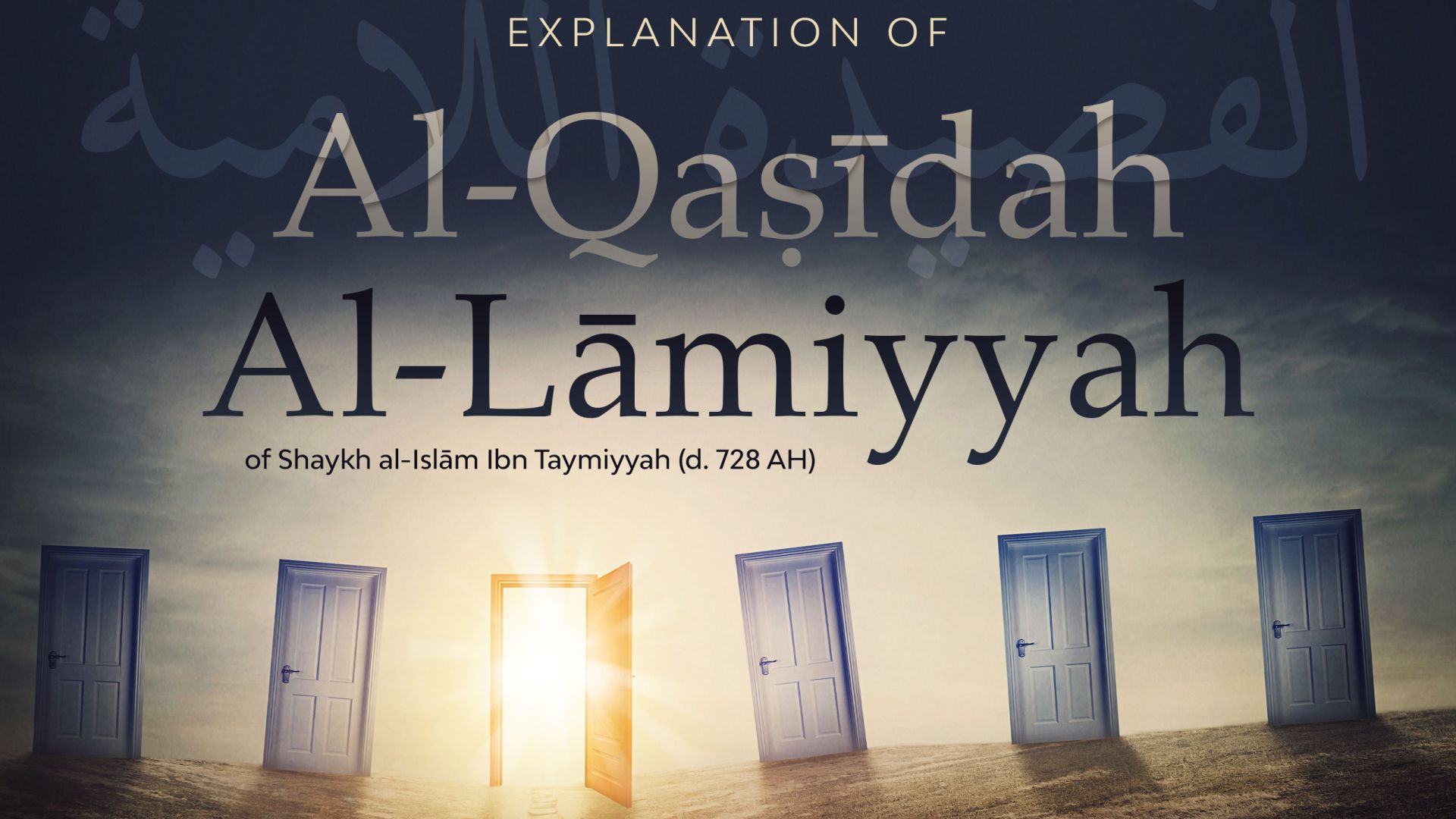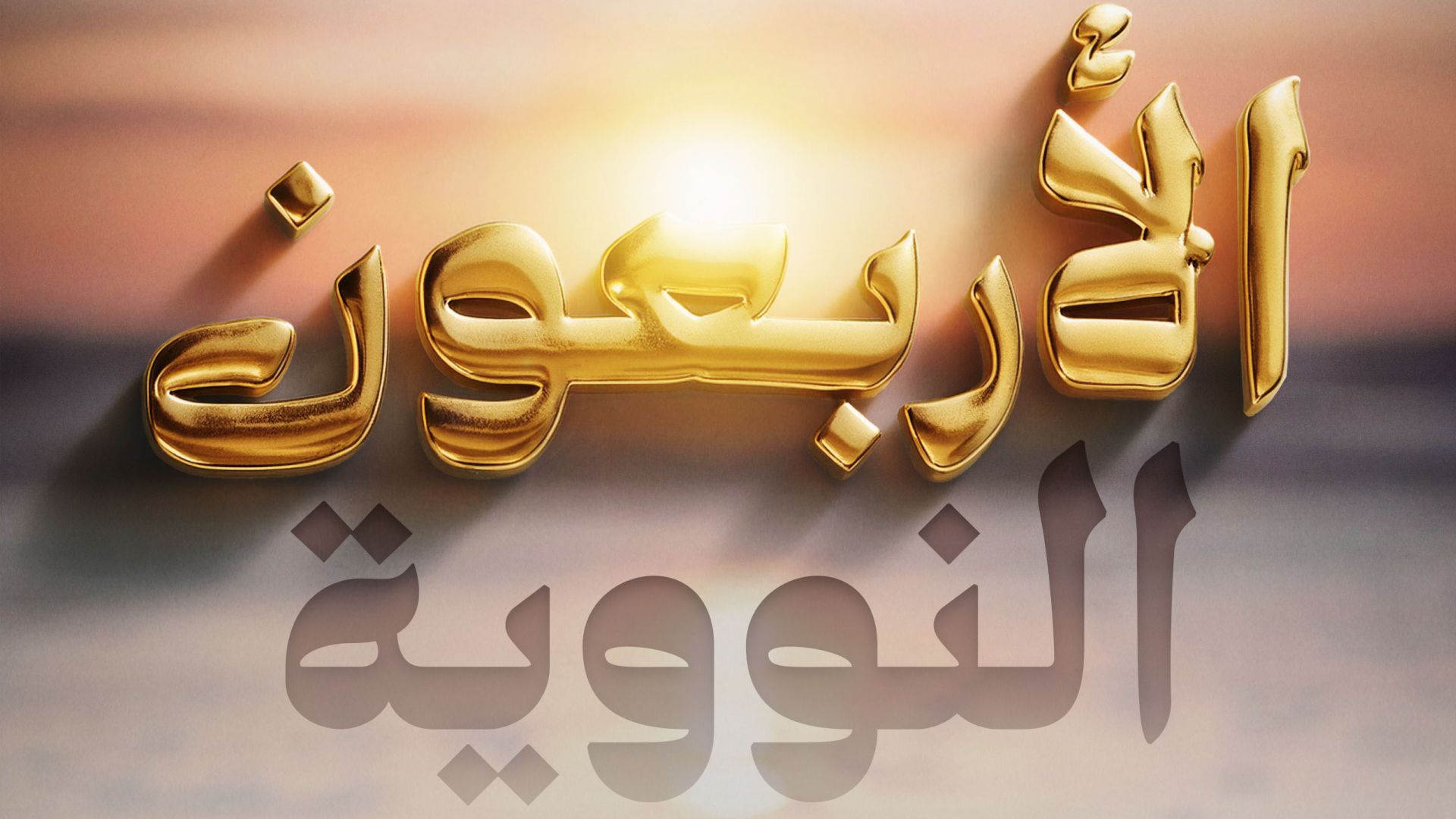A Note on the Ijāzāt of Shaykh Muḥammad Nāṣir al-Dīn al-Albānī


The Shaykh was famous for attending the Ẓāhiriyyah library in Damascus, and was eventually given his own set of keys due to his frequent and lengthy study there.
Shaykh al-Albānī has Ijāzāh in ḥadīth from the late ’Allāmah Shaykh Muḥammad Rāghib at-Tabbaagh with whom he studied ḥadīth sciences, gaining authority to transmit from him. The Shaykh himself refers to this Ijāzāh in Mukhtasarul-’Uluww (p. 72) and in Tahdeerus-Saajid (p. 63). He has a further Ijāzāh from Shaykh Bahjatul-Baytaar (through whom his isnād stretches back to Imām Aḥmad). These are mentioned in the book ḥayātul-Albānī (the Life of al-Albānī) by Muḥammad al-Shaybānī. This sort of Ijāzāh is given only to those who have excelled in ḥadīth and can be trusted to accurately convey a ḥadīth.
Whilst we are on the subject, I think it would not be out of place here to mention a few snippets from Shaykh al-Albānī’s life and career to further emphasize his great standing in the field of ḥadīth science as well as the respect shown to him by other scholars. One cannot really do the subject justice in one or two brief emails, however, I hope the readers will find this information both encouraging and interesting:
[1] Shaykh al-Albānī was born in 1914CE in Ashkodera, the former capital of Albania.
[2] His first Shaykh was his father, al-Haaj Nūḥ an-Najjaatee, who himself had completed Sharīʿah studies in Istanbul, returning to Albania as one of its Hanafī scholars. Under his father’s guidance, Shaykh al-Albānī studied Qurʾān, tajweed, Arabic language as well as Hanafī fiqh.
[3] He further studied Hanafī fiqh and Arabic language under Shaykh Saʿīd al-Burhān.
[4] He would attend the lectures of Imām ʿAbd al-Fattaah and Shaykh Tawfīq al-Barzah.
[5] The Shaykh met the late ḥadīth master, Aḥmad Shākir, with whom he participated in knowledge based discussions on ḥadīth and its research.
[6] He met the late Indian ḥadīth scholar, Shaykh ʿAbd al-Samad Sharfud-Dīn, who himself had referenced the ḥadīth to the first volume of Sunan al-Kubrā as well as al-Mizzī’s monumental Tuhfatul-Ashraaf, and they continued to exchange letters on matters of knowledge. In one such letter, Shaykh ʿAbd al-Samad expressed his belief that Shaykh al-Albānī was the greatest ḥadīth scholar of the time.
[7] In recognition of his knowledge of ḥadīth, he was commissioned as far back as 1955CE by the Faculty of Sharīʿah at Damascus University to carry out detailed analysis and research into ḥadīth related to buying and selling and other business-related transactions.
[8] Shaykh al-Albānī began his formal work in the field of ḥadīth by transcribing al-Ḥāfiẓ al-ʿIrāqī’s monumental al-Mughnī ’an Hamlil-Asfaar, being a study of the various ḥadīth and narrations contained in al-Ghazālī’s famous Iḥyā‘ ʿUlūm al-Dīn. This work alone contains some 5000 ḥadīth.
[9] The Shaykh was famous for attending the Zaahiriyyah library in Damascus, and was eventually given his own set of keys due to his frequent and lengthy study there. On one such occasion, an important folio was missing from a manuscript in use by the Shaykh and this led Shaykh al-Albānī to painstakingly catalog all the ḥadīth manuscripts in the library in an endeavor to locate the missing folio. Consequently, he gained in-depth knowledge of 1000’s of ḥadīth manuscripts, something that was attested to years later by Dr. Muḥammad Mustafa Azami in the introduction to Studies in Early Hadith Literature where he said, ‘I wish to express my gratitude to…Shaykh Nāṣir al-Din al-Albānī, who placed his extensive knowledge of rare manuscripts at my disposal.’
[10] Shaykh al-Albānī would sometimes mention his extreme poverty during his early life. He said he would be reduced to picking up scraps of paper from the street, often discarded wedding cards, and use them to write his ḥadīth notes on. Often, he would purchase scrap paper in bulk from the rubbish dump and take it home to use.
[11] He would correspond with numerous scholars, particularly those from India and Pakistan, discussing matters related to ḥadīth and the Religion in general, including Shaykh Muḥammad Zamzamī from Morocco and ʿʿUbaydullāh Raḥmān, the author of Mirqaatul-Mafaateeh Sharḥ Mushkilatil-Masaabeeh.
[12] His skill in ḥadīth is attested to by a host of qualified scholars, past and present, including Dr. Amīn al-Miṣrī, head of Islamic Studies at al-Madīnah University who considered himself to be one of the Shaykh’s students; also Dr. Subhee al-Ṣalāh, former head of Ḥadīth Sciences at the University of Damascus; Dr. Aḥmad al-Asaal, head of Islamic Studies at Rīyaḍ University; the late Pakistani ḥadīth scholar, ’Allāmah Badee’ud-Dīn Shāḥ as-Sindee; Shaykh Muḥammad Tayyib Awkeej, former head of Tafsīr and Ḥadīth at the University of Ankarah in Turkey; not to mention the likes of Shaykh Ibn Bāz, Ibn al-ʿUthaymīn, Muqbil Ibn Hādī and many others in later times.
[13] After a number of his works appeared in print, the Shaykh was chosen to teach ḥadīth at the new Islamic University of al-Madīnah for three years from 1381H to 1383H where he was also a member of University board. After this, he returned to his former studies and work in the Zaahiriyyah library. His love for al-Madīnah University is evidenced by the fact that he bequeathed his entire personal library to the University.
[14] He would hold study circles twice a week whilst in Damascus which were attended by numerous students and university lecturers. In this way, the Shaykh completed instruction in the following classical and modern works:
Fat‘h al- Majīd of ʿAbd al-Raḥmān Ibn Husayn Ibn Muḥammad Ibn ʿAbd al-Wahhāb
Rawdatun-Nadiyyah of Siddīq Ḥasan Khān
Minḥājul-Islāmiyyah of Muḥammad Asad
Uṣūl al-Fiqh of al-Khallāl
Mustalahut-Taareekh of Asad Rustum
Al-Halāl wa-al-Ḥarām fī-Islām of the innovator Yūsuf al-Qardāwī
Fiqh al-Sunnah of Sayyid Sābiq
Baa’ithul-Ḥathīth of Aḥmad Shākir
al-Targhīb wa-al-Tarḥīb of al-Ḥāfiẓ al-Mundhirī
Rīyaḍus-al-Ṣāliḥīn on Imām al-Nawawī
Al-Imām fī Aḥādīthil-Aḥkām of Ibn Daqīq al-’Eed
[15] After carrying out an analysis of the ḥadīth in Ibn Khuzaymah’s Ṣaḥīḥ, the Indian ḥadīth Scholar, Muḥammad Mustafa Azami (head of Ḥadīth Science in Makkah), chose Shaykh al-Albānī to verify and re-check his analysis and the work is currently published in four volumes containing both their comments. This is an indication of the level of trust placed in Shaykh al-Albānī’s ḥadīth ability by other scholars.
[16] In their edition of the well known ḥadīth compilation, Mishkaatul-Masaabeeh, the Maktabah al-Islāmī publishing house requested Shaykh al-Albānī to edit the work before publication. The publisher wrote in the introduction, ‘We requested that the great ḥadīth scholar, Shaykh Muḥammad Nāṣir al-Dīn al-Albānī, should help us in the checking of Mishkāt and take responsibility for adding endnotes for any aḥādīth needing them, and researching and reproducing their sources and authenticity where needed, and correcting any deficiencies…’
[17] The Shaykh’s printed works, mainly in the field of ḥadīth and its sciences, number some one hundred and twelve books. Seventeen of these books alone run into forty-five volumes! He left behind him in manuscript form at least a further seventy works.
[18] It is recorded on one occasion (and this incident is available on two tape cassettes – his students were in the habit of recording his teaching sessions), that a man visited Shaykh al-Albānī in his home in Jordan claiming to be a prophet! How would we have reacted when faced with such a situation? Shaykh al-Albānī sat the man down and discussed his claims at length (as I said, covering two tape cassettes) and in the end the visitor made tawbah from his claim and all present, including the Shaykh, were overcome with tears. In fact, how often is Shaykh al-Albānī heard on tape bursting into tears when speaking about Allāh, His Messenger and the affairs of the Muslims?[19] On another occasion, he was visited by three men all claiming that Shaykh al-Albānī was a kāfir. When it came time to pray they refused to pray behind him, saying it is not possible for a kāfir to lead the Prayer. The Shaykh accepted this, saying that in his eyes the three of them were Muslims so one of them should lead the prayer. Afterwards, they discussed their differences at length and when it came time for the following prayer, all three men insisted on praying behind Shaykh al-Albānī!
[20] During the course of his life the Shaykh has researched and commented on over 30,000 individual chains of transmission (isnād) for countless ḥadīth, having spent sixty years in the study of the books of the Sunnah and being in the company of, and in contact with, its scholars.
Most Popular: Last 30 Days


